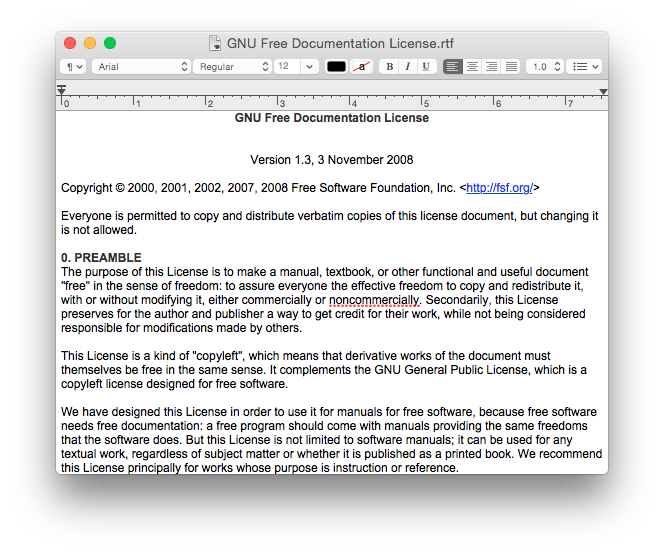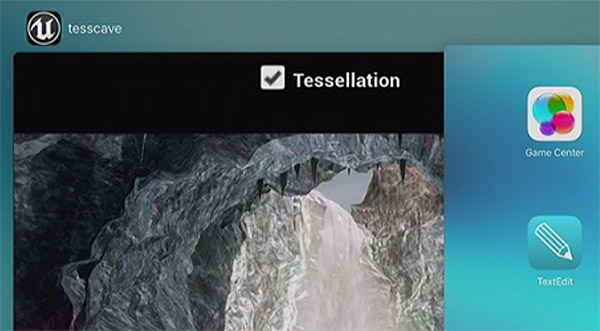TextEdit User Guide

You can use TextEdit to edit or display HTML documents as you’d see them in a browser (images may not appear), or in code-editing mode.
- TextEdit lives in the Application folder at root level of your Hard Disk, so the first thing to do is to double-click the Hard Disk icon on your Desktop, then double-click the Applications folder. Look for TextEdit. If it's not there, then you've actually deleted it and should follow Niel's advice. If it is there but not in the Dock, simply.
- Open a document In the TextEdit app on your Mac, choose File Open. Select the document, then click Open. If your document is stored in iCloud Drive, you can select TextEdit in the iCloud.
- A Beginner’s Guide to TextEdit. New Mac users may not know about TextEdit, a simple but deep text editing and word processing tool that comes with your Mac. You can use TextEdit to create documents in cases when a full word processor like Pages or Microsoft Word isn't necessary. TextEdit has two modes: plain text and rich text.
- TextEdit is a simple, open-source word processor and text editor, first featured in NeXT's NeXTSTEP and OpenStep.It is now distributed with macOS since Apple Inc.' S acquisition of NeXT, and available as a GNUstep application for other Unix-like operating systems such as Linux. It is powered by Apple Advanced Typography and has many advanced typographic features.
:max_bytes(150000):strip_icc()/TextEdit_1.10_screenshot-593d210a5f9b58d58a1b04f9.png)
Textedit For Mac Free Download; Mar 18, 2020 With the built-in TextEdit app on your Mac, you can write HTML files, edit plain text documents, and even annotate images.If you don’t want to scour the App Store or shell out money for a text editor, then TextEdit on Mac is the perfect tool. Dec 03, 2014 TextEdit is a free word processor included.
To add text to your document, click on the button labeled “text” from the drop-down menu. You can then add text to your document by simply clicking where’d you’d like to add text and start typing. To edit your font, font color, and text alignment, look towards the top of the Preview window. How to edit a PDF using Preview. If you haven't updated to Mojave or Catalina, you can still edit PDFs on your Mac for free using the Preview app that comes bundled with the Mac operating system.
Note: By default, curly quotes and em dashes are substituted for straight quotes and hyphens when editing HTML as formatted text. (Code-editing mode uses straight quotes and hyphens.) To learn how to change this preference, see New Document options.
For example, you can use the Format menu’s Font submenu to make text Bold, Italic, Outlined or Underlined. Another way to apply the Bold style to the text is by clicking the B (for Bold) button on the toolbar. Navigate to your Applications folder and launch TextEdit. Press Command+O to display the Open dialog. Navigate to the desired text file and double-click the filename to load it. You can also open an existing text file by dragging its icon from the Finder window to the TextEdit icon.
Create an HTML file
Using Text Edit For Leaflet Machine
In the TextEdit app on your Mac, choose File > New, then choose Format > Make Plain Text.
Enter the HTML code.
Choose File > Save, type a name followed by the extension .html (for example, enter index.html), then click Save.
When prompted about the extension to use, click “Use .html.”
Textedit App For Mac
View an HTML document
In the TextEdit app on your Mac, choose File > Open, then select the document.
Click Options at the bottom of the TextEdit dialog, then select “Ignore rich text commands.”
Click Open.
Always open HTML files in code-editing mode
In the TextEdit app on your Mac, choose TextEdit > Preferences, then click Open and Save.
Select “Display HTML files as HTML code instead of formatted text.”
Apple Textedit
Using Text Edit For Leaflet Mac Free
Change how HTML files are saved
Set preferences that affect how HTML files are saved in TextEdit.
In the TextEdit app on your Mac, choose TextEdit > Preferences, then click Open and Save.
Below HTML Saving Options, choose a document type, a style setting for CSS, and an encoding.
Select “Preserve white space” to include code that preserves blank areas in documents.

If you open an HTML file and don’t see the code, TextEdit is displaying the file the same way a browser would (as formatted text).